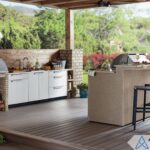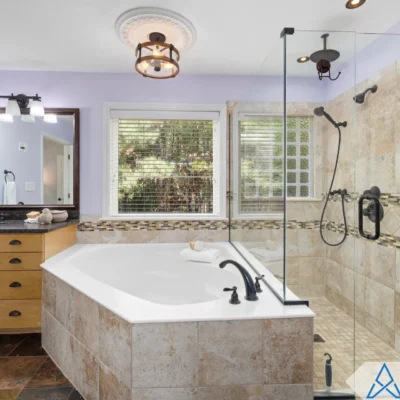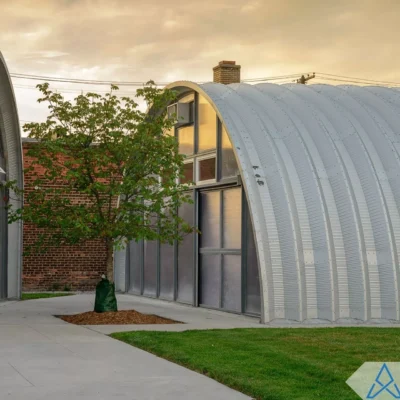In the world of construction and engineering, choosing the right materials for structural beams is crucial. Two popular options that often come into consideration are Glulam vs LVL (Laminated Veneer Lumber). These engineered wood products offer numerous advantages over traditional solid wood beams. In this blog post, we will delve into the key differences and similarities between Glulam and LVL, analyzing factors such as strength, cost, sustainability, and applications. Furthermore, we will touch upon the comparison of CLT (Cross-Laminated Timber) with Glulam and LVL, providing you with a comprehensive overview of these structural beam options.
Glulam vs LVL: Strength and Performance
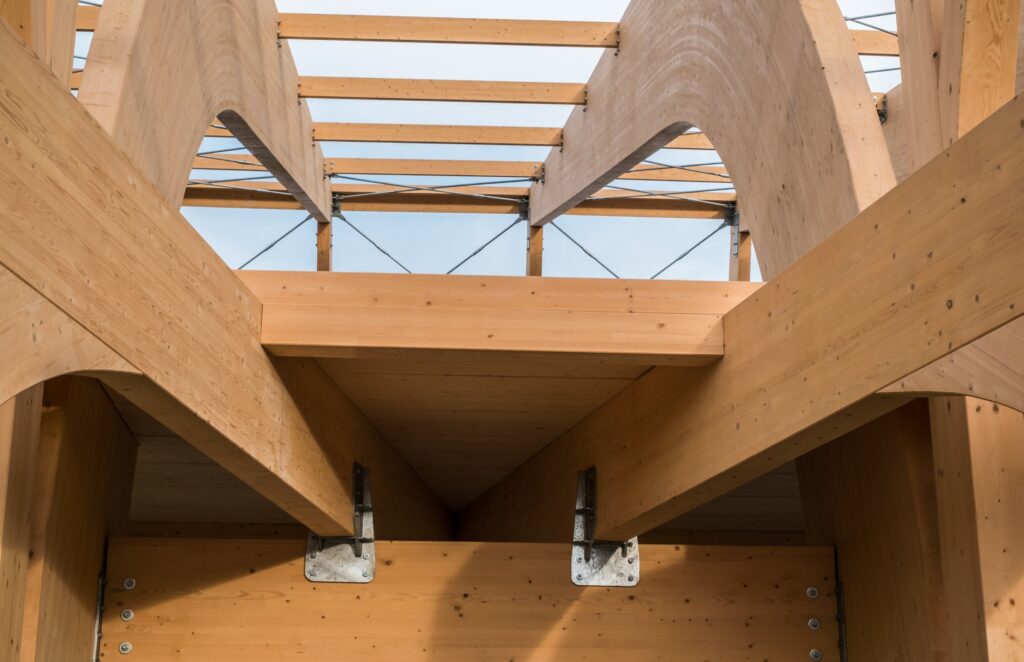
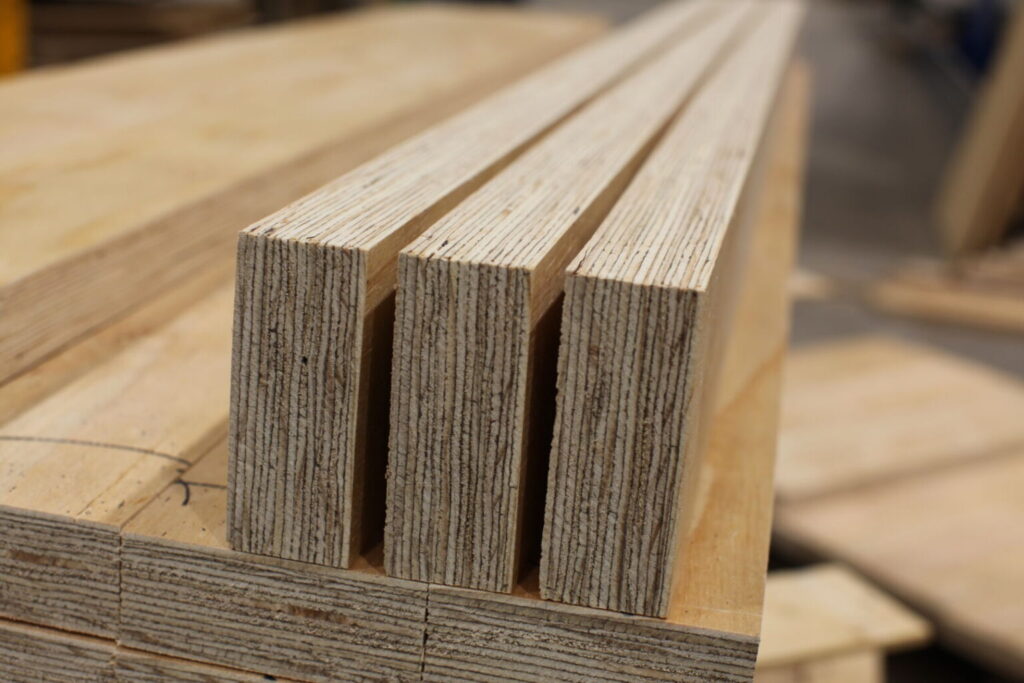
Glulam, short for glued laminated timber, is composed of multiple layers of dimensioned lumber bonded together with durable adhesives. This manufacturing process enhances the strength and load-bearing capacity of the beams. On the other hand, LVL consists of thin veneers of wood glued together under high pressure, resulting in a strong and uniform product.
Both Glulam and LVL offer exceptional strength characteristics, allowing for longer spans and larger load capacities compared to solid wood beams. However, Glulam generally has a slight edge in terms of load-carrying capacity and structural stability due to its thicker laminations. LVL, with its consistent properties, is often preferred for applications that require high stiffness and dimensional stability.
Cost Considerations: Glulam vs LVL
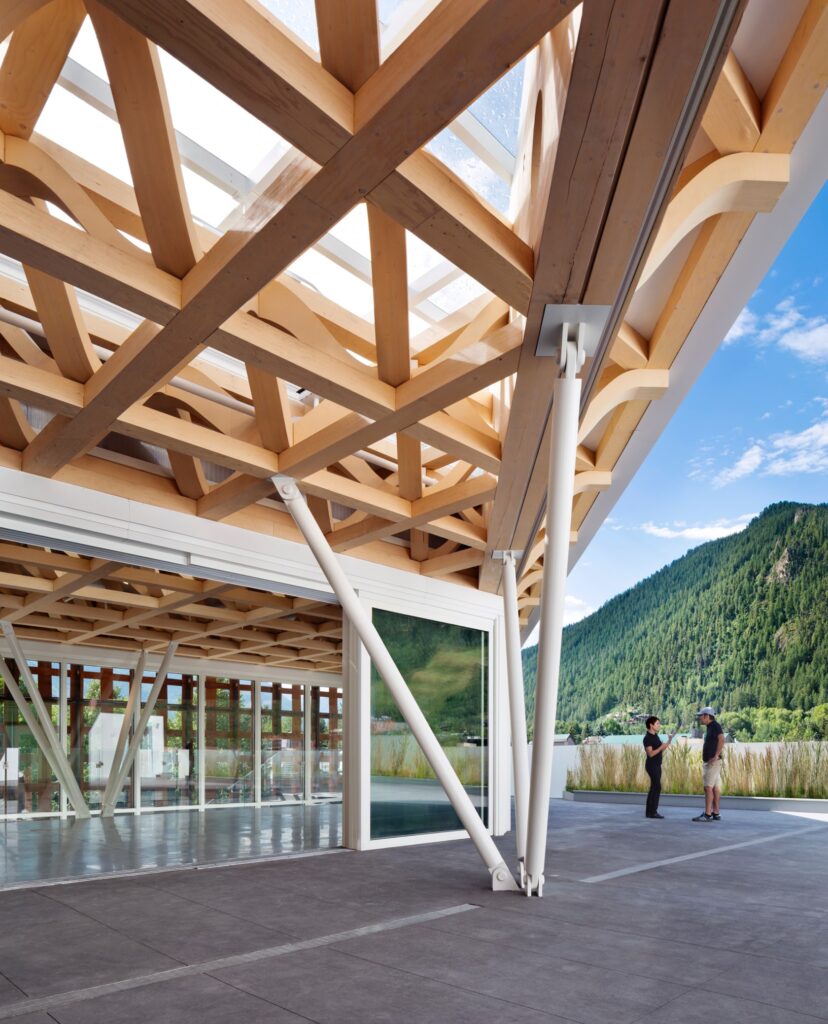
When it comes to cost, Glulam and LVL have their own considerations. Glulam tends to be more expensive than LVL due to the complexity of the manufacturing process and the use of larger timber sections. However, Glulam beams offer a longer service life and can be more cost-effective in the long run due to their durability and resistance to decay and pests. LVL, being more affordable, provides an excellent option for projects with budget constraints without compromising on performance.
Sustainability and Environmental Impact

In terms of sustainability, both Glulam and LVL are eco-friendly alternatives to solid wood beams. They are manufactured using fast-growing and renewable wood species, reducing the reliance on old-growth forests. The production processes for Glulam and LVL consume less energy and emit fewer greenhouse gases compared to steel or concrete alternatives. Additionally, these engineered wood products can contribute to credits for sustainable building certifications, such as LEED (Leadership in Energy and Environmental Design).
CLT vs Glulam vs LVL: A Brief Comparison
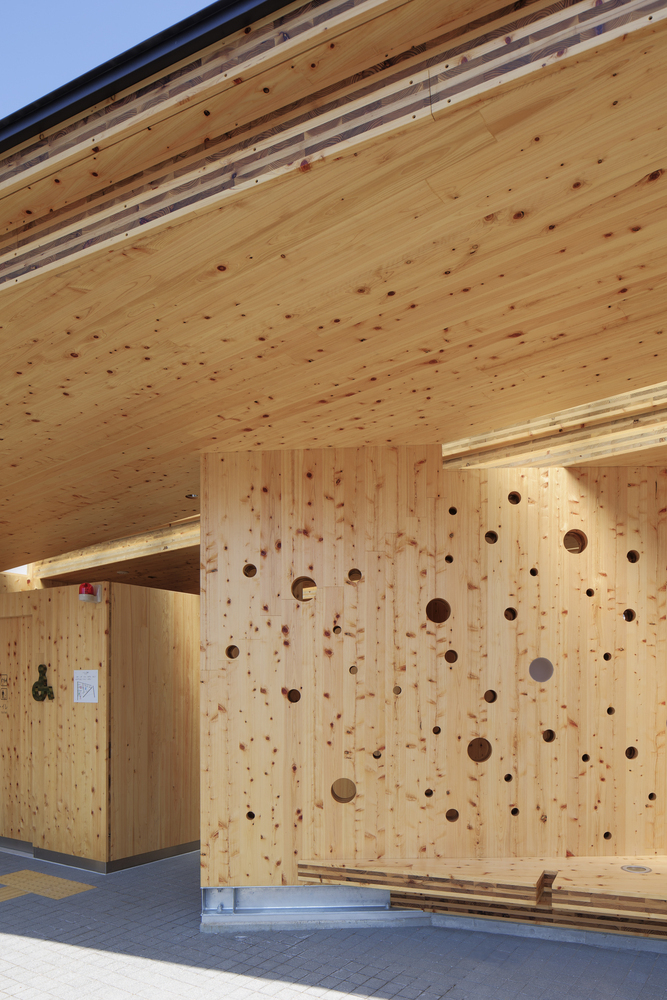
Cross-Laminated Timber (CLT) is another engineered wood product gaining popularity in construction. CLT is made by stacking layers of solid wood panels at right angles and bonding them together. CLT offers excellent structural performance, fire resistance, and design flexibility.
When comparing CLT with Glulam and LVL, it is important to consider the specific requirements of the project. CLT is commonly used for wall and floor panels in modern mass timber construction, while Glulam and LVL are often chosen for beams, columns, and other load-bearing applications. Each product has its unique strengths and applications, and the choice ultimately depends on factors such as design considerations, span requirements, and project budget.
You may also like: Creative Flooring Ideas that Will Make You Fall in Love with Your Home Again
Conclusion
In summary, Glulam and LVL are both exceptional choices for structural beams, offering strength, durability, and sustainability. Glulam beams excel in load-carrying capacity and structural stability, while LVL provides uniformity and cost advantages. Both products are eco-friendly alternatives to solid wood, reducing environmental impact. When comparing CLT with Glulam and LVL, it is important to assess project requirements to determine the most suitable option. Whether it’s Glulam, LVL, or CLT, these engineered wood products continue to revolutionize the construction industry, providing innovative and sustainable solutions for a wide range of building projects.
Remember to always consult with a qualified engineer or construction professional to ensure the appropriate choice of structural beams based on your specific needs and local building codes.
FAQs:
What is Glulam and LVL?
Glulam (glued laminated timber) and LVL (Laminated Veneer Lumber) are engineered wood products used as structural beams in construction. Glulam is made by bonding layers of dimensioned lumber, while LVL is created by gluing thin wood veneers together.
What are the key differences between Glulam and LVL?
The main differences lie in their manufacturing process and structural properties. Glulam tends to have thicker laminations, providing higher load-carrying capacity and structural stability. LVL, on the other hand, offers uniformity, consistent performance, and dimensional stability.
Which one is stronger, Glulam or LVL?
Both Glulam and LVL offer excellent strength, but Glulam beams generally have a slight edge in terms of load-carrying capacity due to their thicker laminations. However, the specific project requirements should be considered when determining the appropriate choice.
When should I use Glulam vs. LVL?
The decision to use Glulam or LVL depends on various factors. Here are some considerations:
- Load-Bearing Requirements:
Glulam is often preferred for applications that require higher load-bearing capacities, longer spans, and structural stability. LVL is a suitable choice for projects that prioritize uniformity, stiffness, and dimensional stability. - Span Requirements:
Glulam beams excel in longer spans due to their thicker laminations, providing enhanced structural stability. LVL beams are also capable of spanning significant distances but may require additional support or intermediate bearing points for longer spans. - Design Considerations:
Glulam beams offer architectural appeal and design flexibility, available in various sizes and shapes. LVL beams, while less visually distinct, can be easily painted or concealed, making them suitable for applications where aesthetics are less important. - Budget and Cost Considerations:
Glulam tends to be more expensive than LVL due to the complexity of the manufacturing process and the use of larger timber sections. However, Glulam’s durability and resistance to decay and pests can make it cost-effective in the long run. LVL, being more affordable, provides a budget-friendly option without compromising performance.
Always consult with a structural engineer or construction professional to determine the most appropriate choice for your specific project requirements.
If you found value in this post about architecture, we invite you to share it with your colleagues. Your feedback is important to us, and we welcome your thoughts on our blog and social media content. You can connect with us on various platforms, including Instagram, Facebook, LinkedIn, and Twitter.



